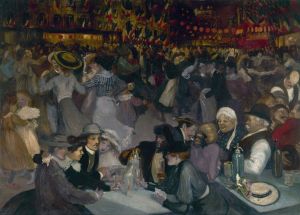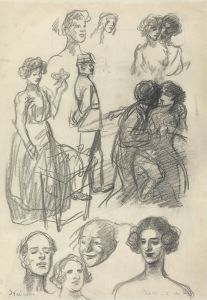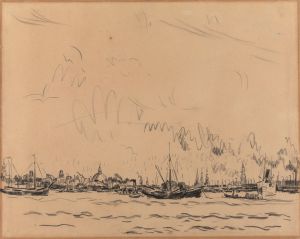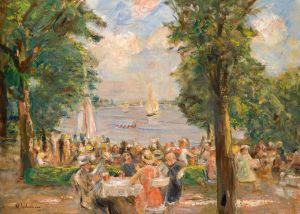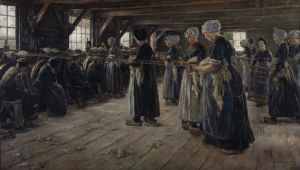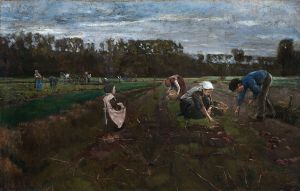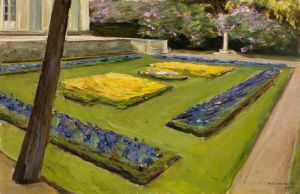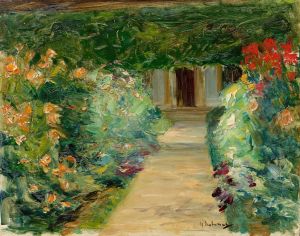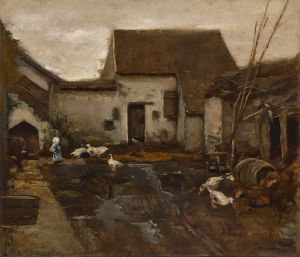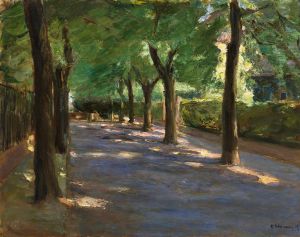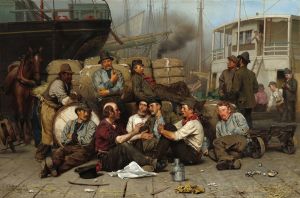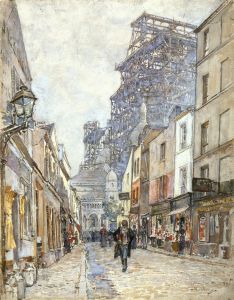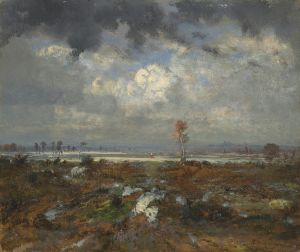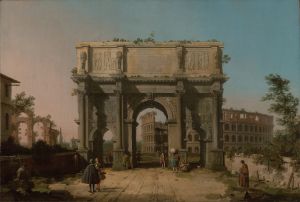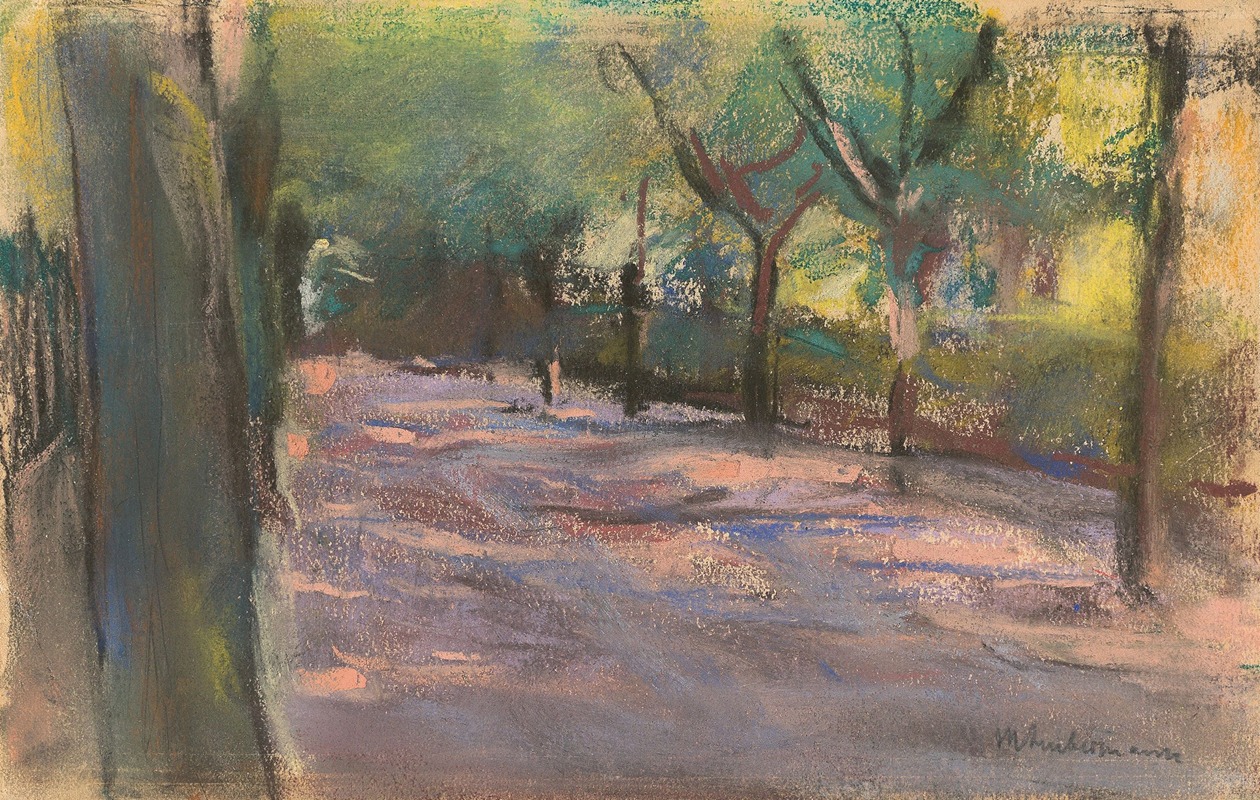
Die Colomierstraße in Wannsee
A hand-painted replica of Max Liebermann’s masterpiece Die Colomierstraße in Wannsee, meticulously crafted by professional artists to capture the true essence of the original. Each piece is created with museum-quality canvas and rare mineral pigments, carefully painted by experienced artists with delicate brushstrokes and rich, layered colors to perfectly recreate the texture of the original artwork. Unlike machine-printed reproductions, this hand-painted version brings the painting to life, infused with the artist’s emotions and skill in every stroke. Whether for personal collection or home decoration, it instantly elevates the artistic atmosphere of any space.
Max Liebermann was a prominent German painter and printmaker, associated with the Impressionist movement. He was a leading figure in the Berlin Secession, an art movement that sought to break away from the traditional academic art styles of the time. Liebermann's works often depicted scenes of everyday life, capturing the essence of his subjects with a keen eye for detail and a masterful use of light and color.
"Die Colomierstraße in Wannsee" is one of Liebermann's paintings that exemplifies his impressionistic style. The painting captures a street scene in Wannsee, a locality in the southwestern part of Berlin, Germany. Wannsee is known for its picturesque landscapes and was a popular retreat for Berlin's affluent residents during the late 19th and early 20th centuries. Liebermann himself owned a villa in Wannsee, which served as a summer residence and a source of inspiration for many of his works.
In "Die Colomierstraße in Wannsee," Liebermann employs his characteristic loose brushwork and vibrant palette to depict the serene atmosphere of the street. The painting likely portrays a sunlit day, with dappled light filtering through the trees lining the street. This use of light and shadow is a hallmark of Liebermann's style, reflecting the influence of French Impressionism, which he admired and adapted to his own artistic vision.
The composition of the painting is balanced and harmonious, drawing the viewer's eye along the street and into the depth of the scene. Liebermann's attention to detail is evident in the way he captures the textures of the foliage and the play of light on the ground. The painting conveys a sense of tranquility and leisure, characteristic of the suburban environment of Wannsee during that period.
Liebermann's work, including "Die Colomierstraße in Wannsee," was significant in the context of German art history. As a leader of the Berlin Secession, he played a crucial role in introducing modern art movements to Germany and challenging the conservative art establishment. His paintings often reflected the social and cultural changes of his time, and his depictions of everyday life resonated with a wide audience.
Throughout his career, Liebermann faced both acclaim and criticism. As a Jewish artist in Germany, he encountered anti-Semitic attitudes, particularly during the rise of the Nazi regime. Despite these challenges, his contributions to art were recognized, and he served as the president of the Prussian Academy of Arts until he was forced to resign in 1933 due to the political climate.
Today, Max Liebermann is celebrated as one of Germany's most important artists, and his works are held in high regard in museums and collections worldwide. "Die Colomierstraße in Wannsee" remains a testament to his skill in capturing the beauty of everyday scenes and his ability to convey the subtleties of light and atmosphere. The painting not only reflects Liebermann's personal connection to Wannsee but also serves as a window into the cultural and artistic milieu of early 20th-century Germany.





